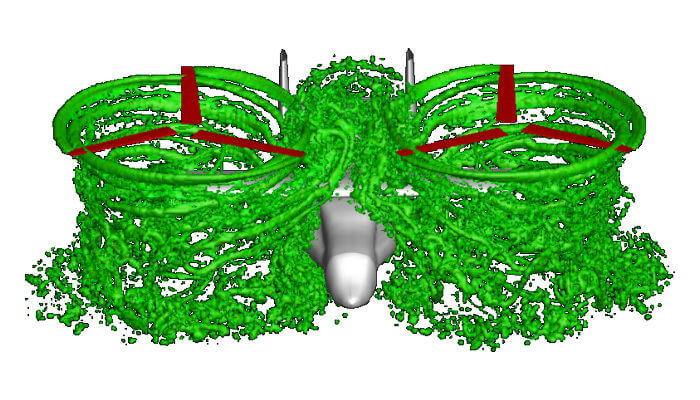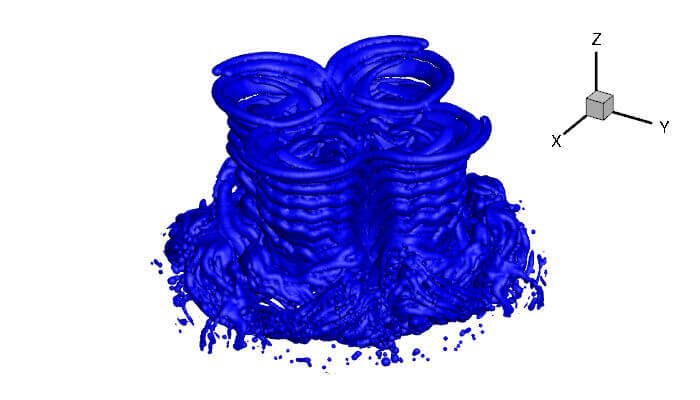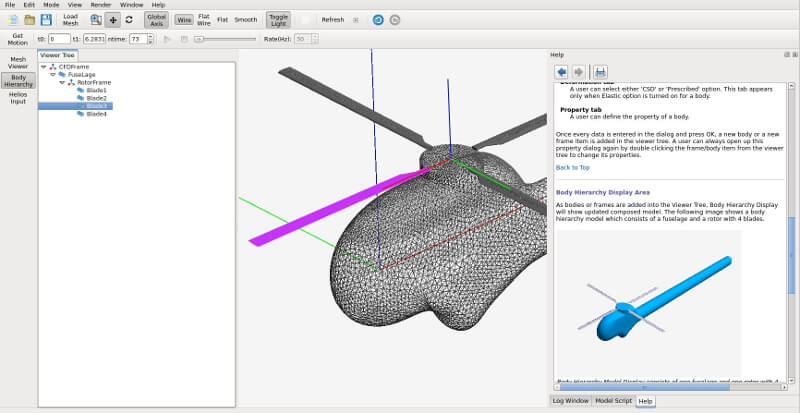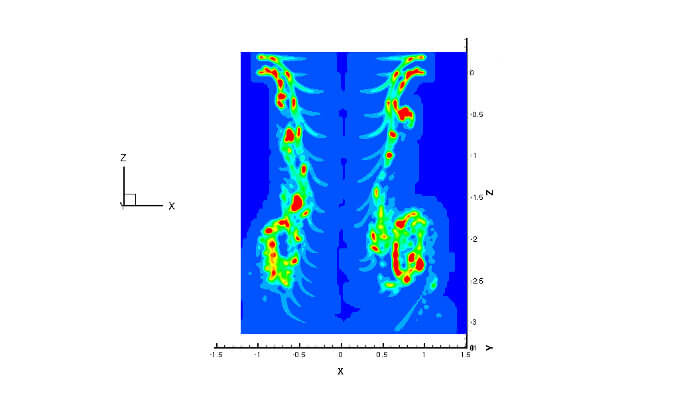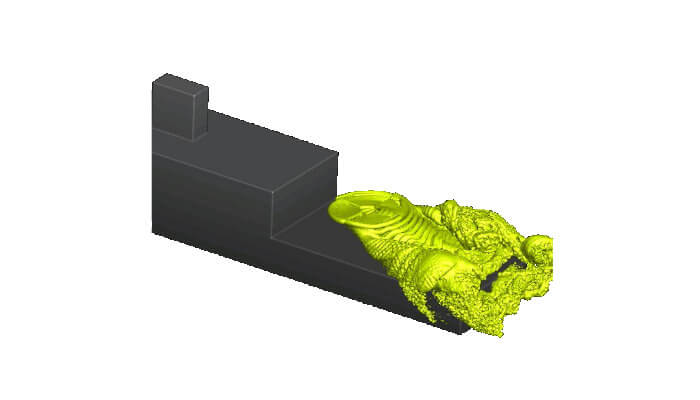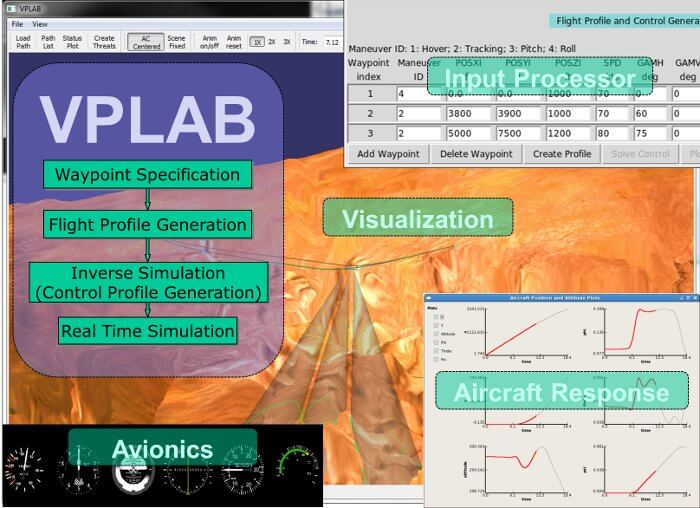Viscous Vortex Particle Method (VPM) for Rotor/Wing Wake Dynamics and Interference Modeling
He, Chengjian and Zhao, Jinggen
Most current rotorcraft analysis codes adopt potential flow based singularity methods for rotor wake solutions. These codes are limited to capturing the first order effects and therefore rely on empirical estimation such as vortex decay factor, vortex core size, wake roll-up, etc. The first principle based viscous vortex particle method was developed to accurately model rotor/wing wake interference problems including vorticity convection in the flow-field for long durations without artificial dissipation and wake distortion and physical diffusion due to air viscosity. This new method has been fully parallelized and is extremely efficient using modern desktop computers equipped with a GPU card. The new method has been extensively validated for different rotorcraft/compound aircraft configurations and under various flight conditions.
